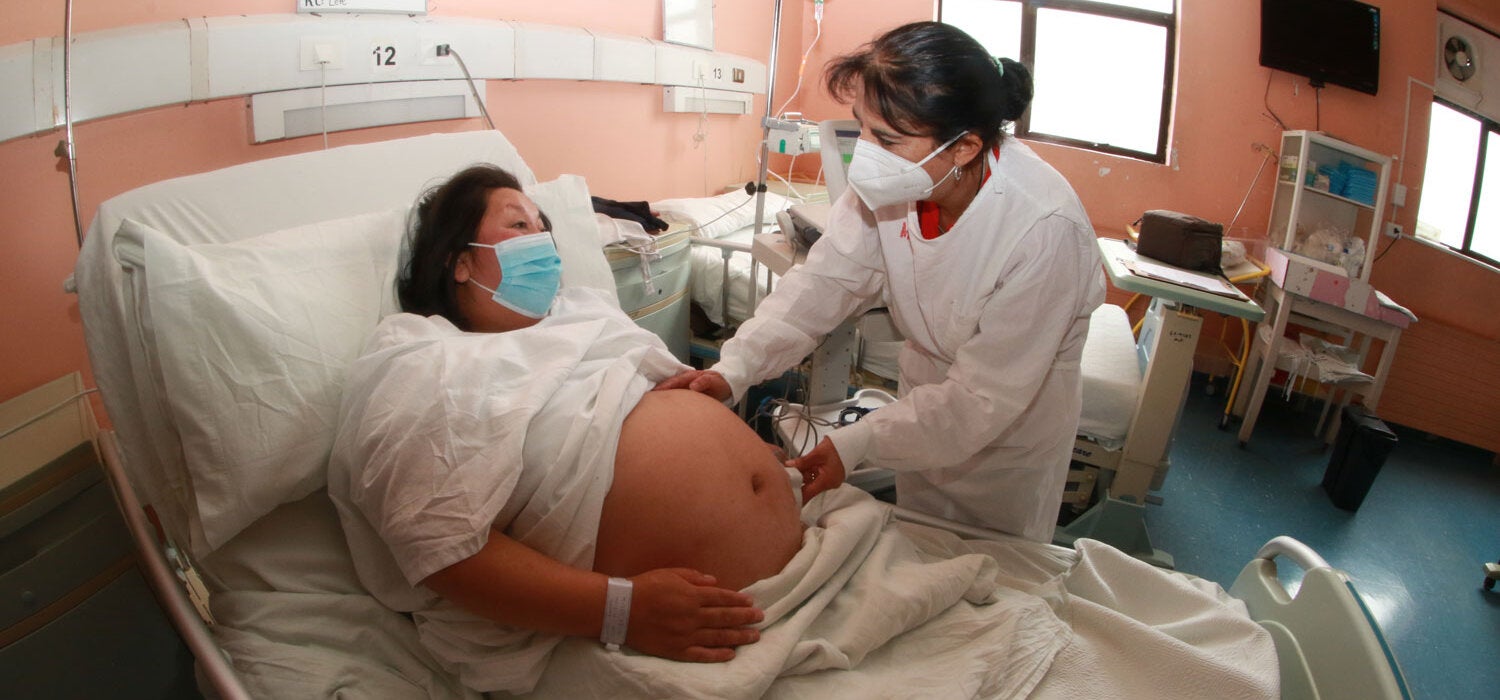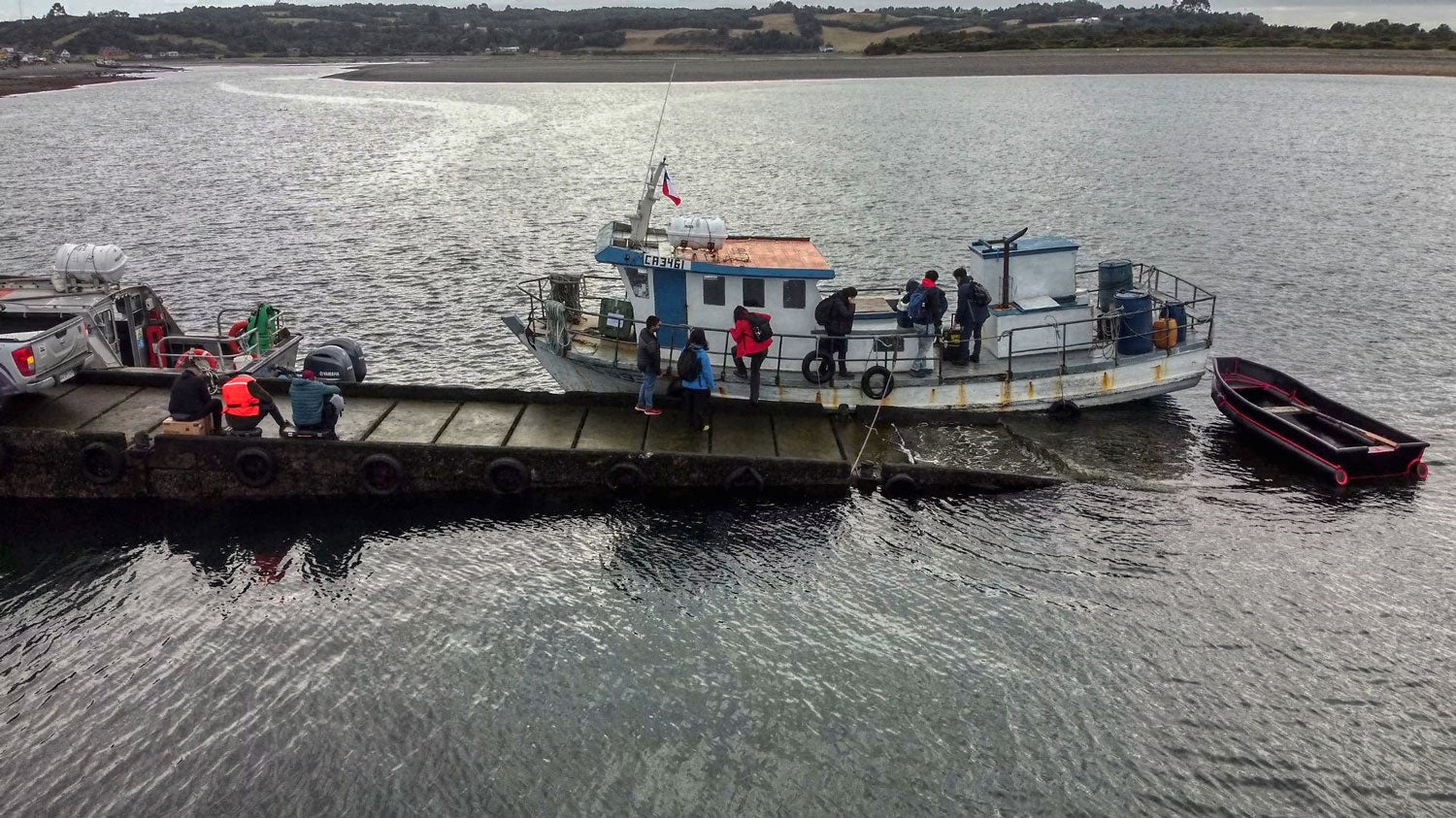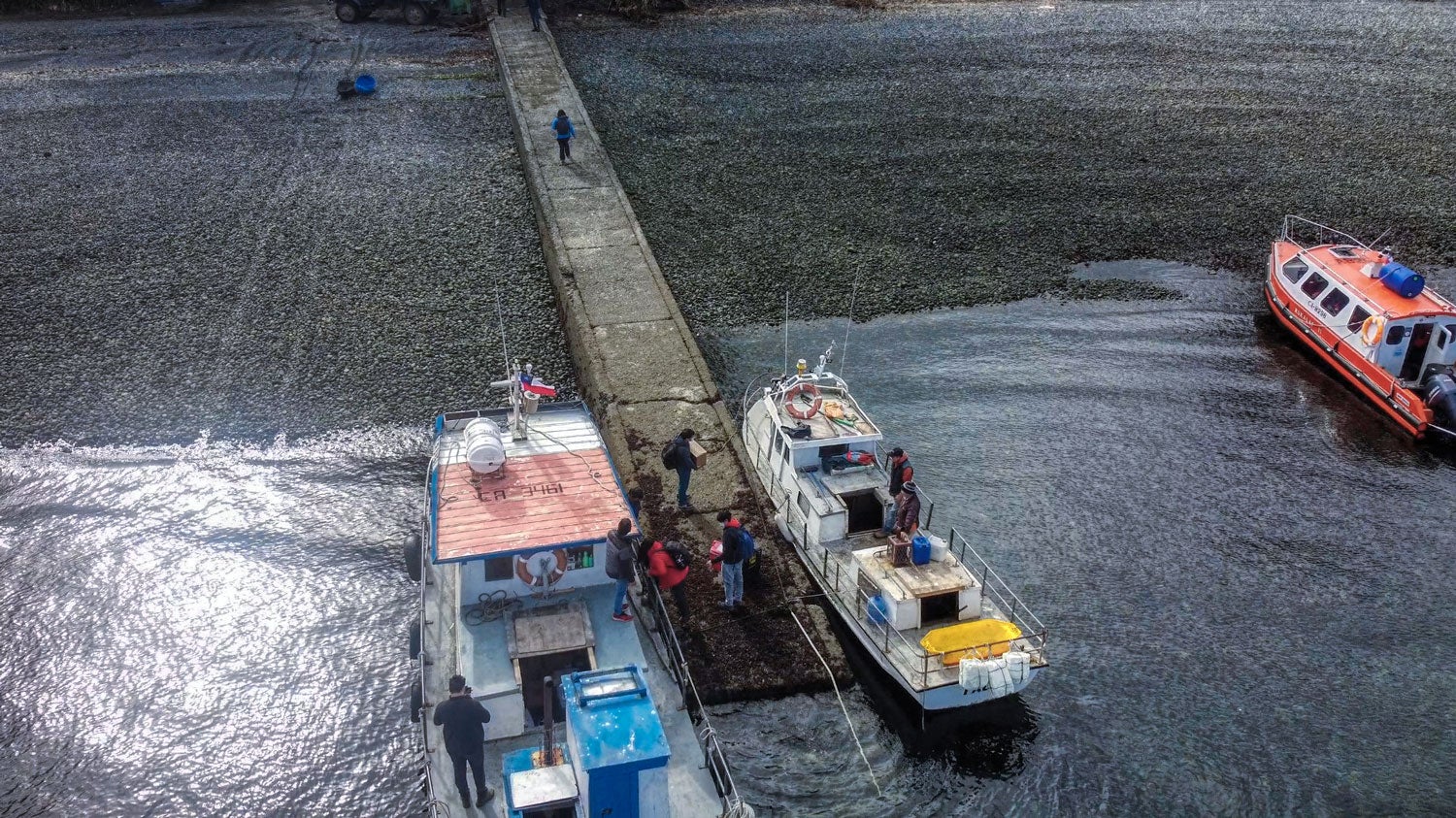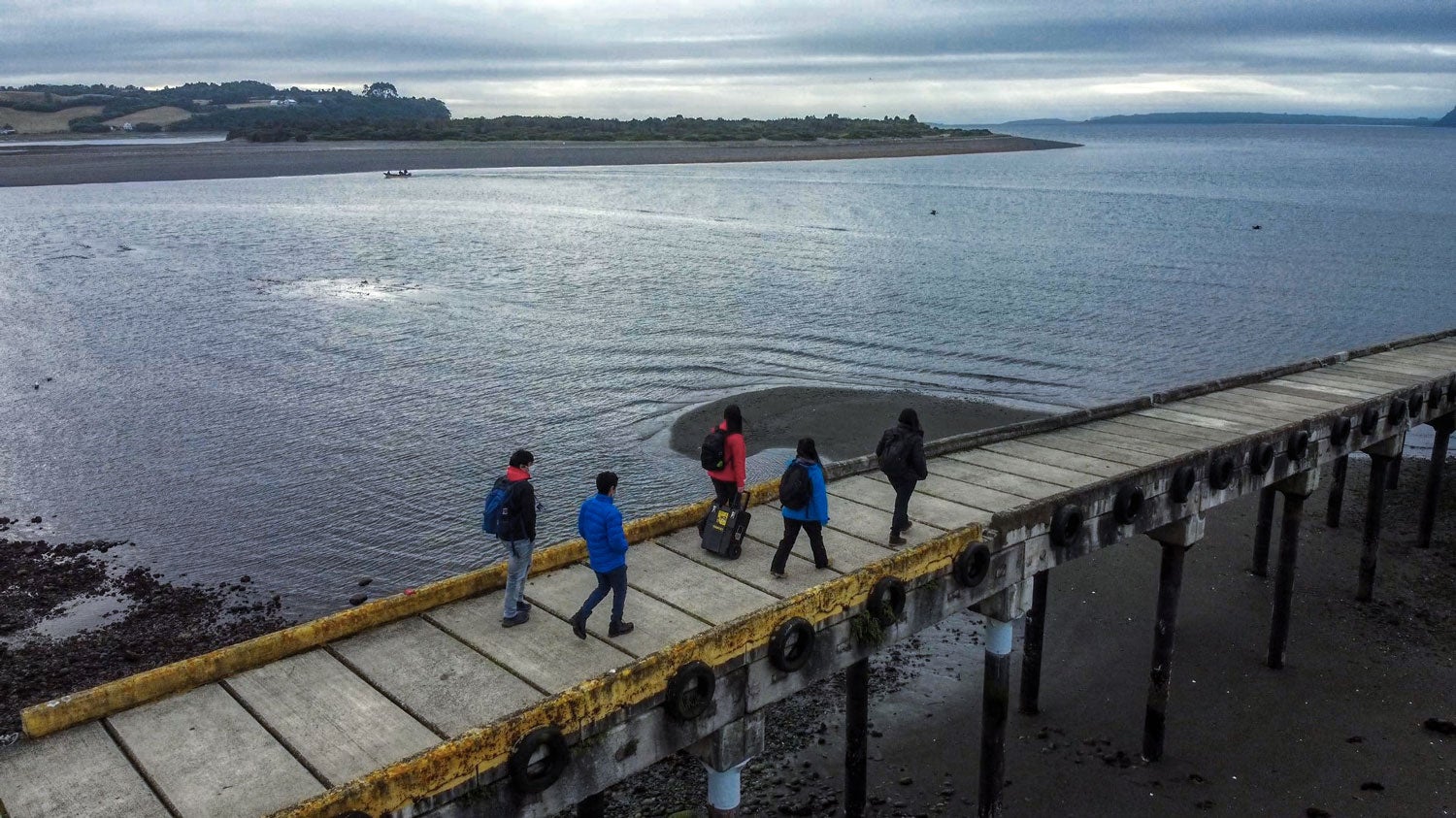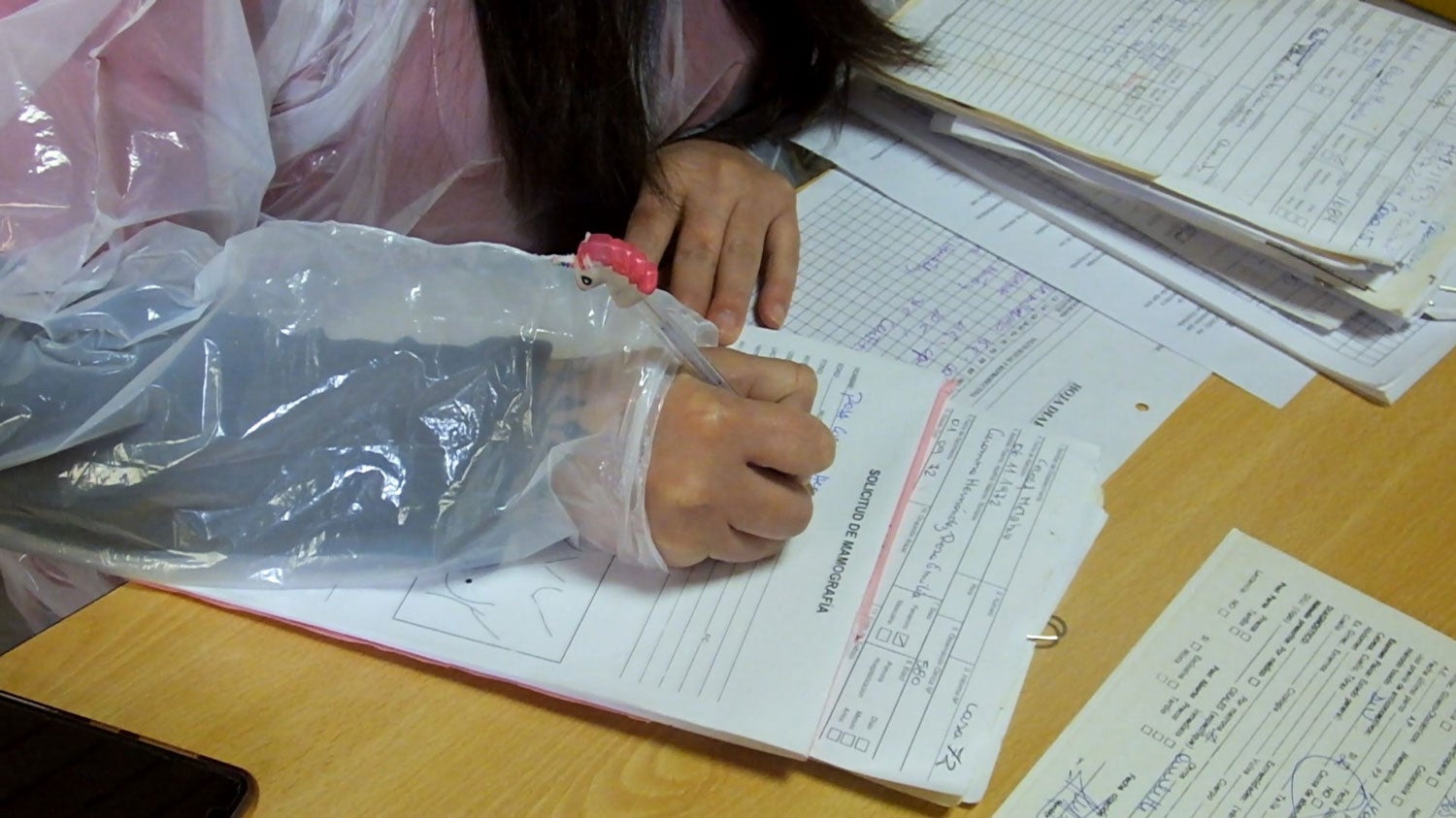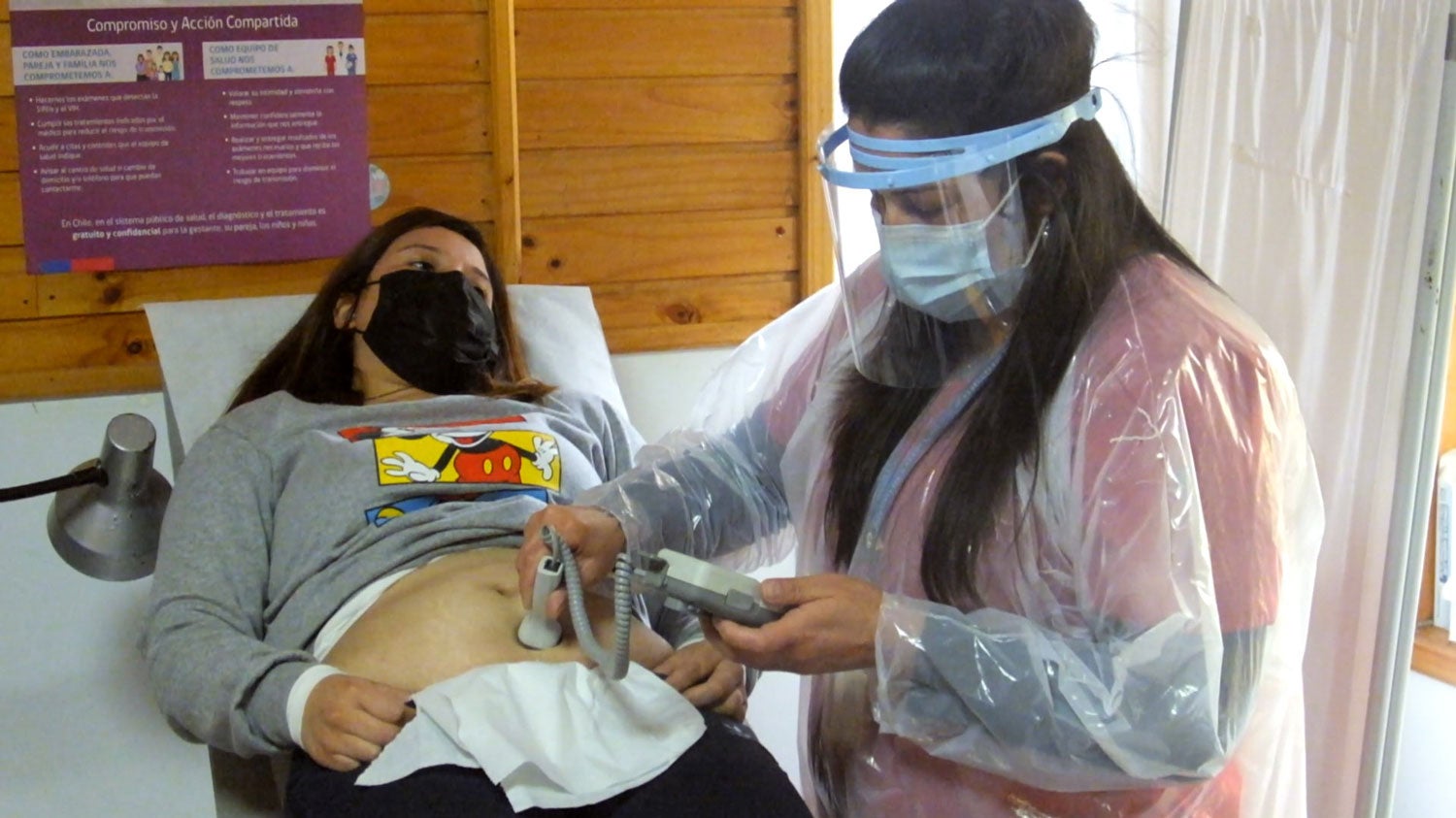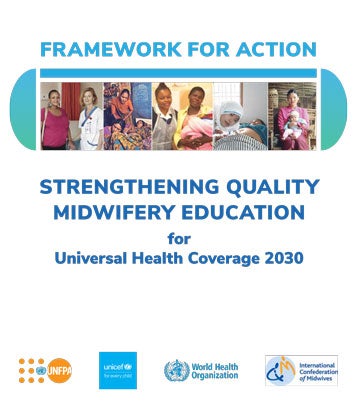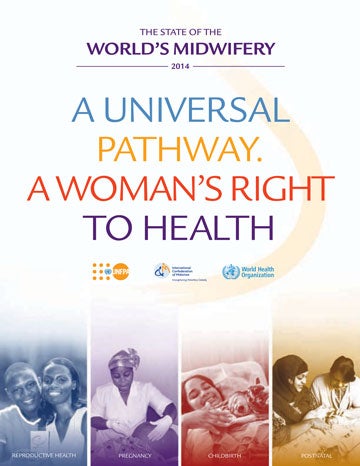Care that arrives by boat
Midwife Daniela Ramírez works at the first entry point to the health care system in the Family Health Center (CESFAM) Quemchi, a town and commune in Chiloé: “It (Family Health Center) is the first approach to women – it aims to prevent diseases and health promotion. The midwife can work in various areas of women’s life cycle," she explains.
Daniela is in charge of the insular sector, which has four islands that she visits twice a month with a multidisciplinary team. It takes her more than an hour to travel by boat from CESFAM to the nearest island and nearly two hours to travel to the farthest island. Daniela has 400 women in her registry and follows up on each one of them.
"I handle checkups for pregnant women. When they reach 36 weeks, we refer them to Chiloé so that they are not at risk. I do dyad checkups (which are performed on the mother and her baby between seven and 10 days after birth).”
When necessary, she refers patients to the Ancud hospital, which is the northern gateway to the island where Marcela works.
For Daniela, empathy in a midwife is indispensable, along with the ability to work as a team. "If a person wants to be a midwife, it is because they like working with people. We must see the woman as a whole, not only worry about the uterus, breasts or genitals, but also the family, environmental conditions and mental health. And we must treat them with respect and provide them with as much information as possible so that they can make informed decisions," she says.

